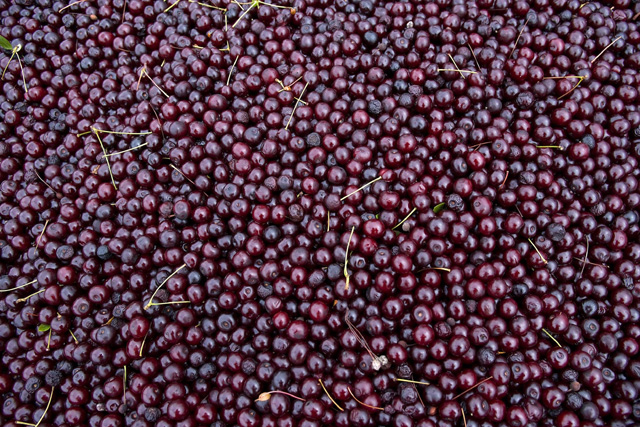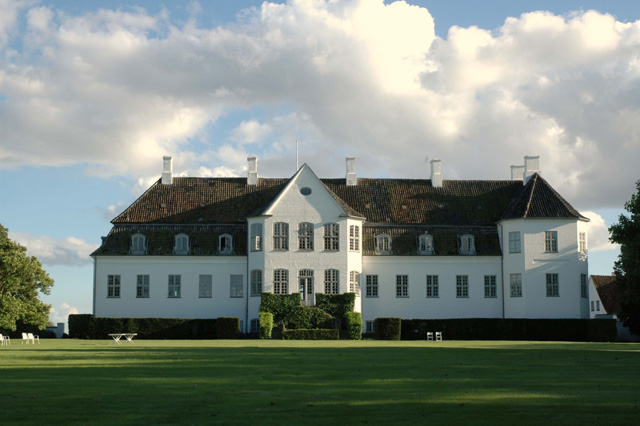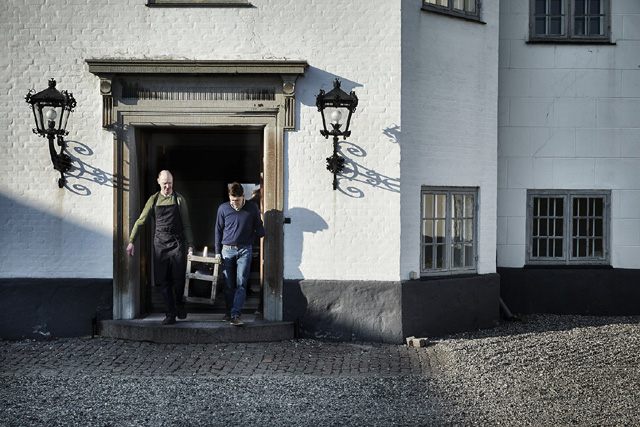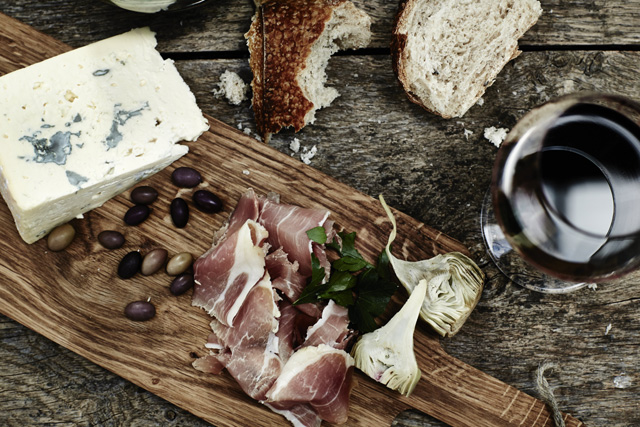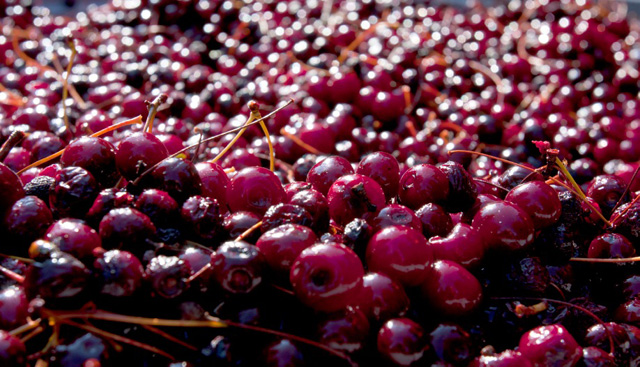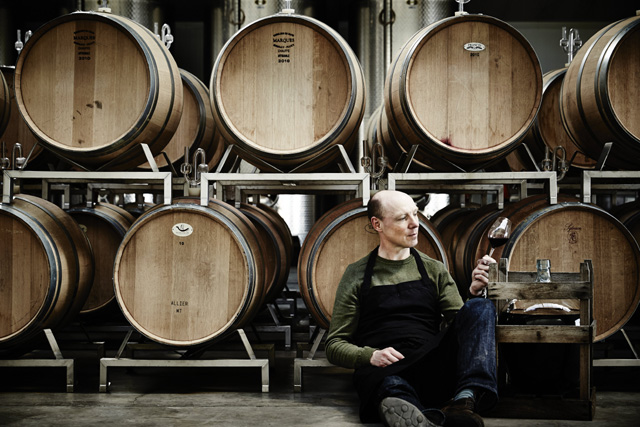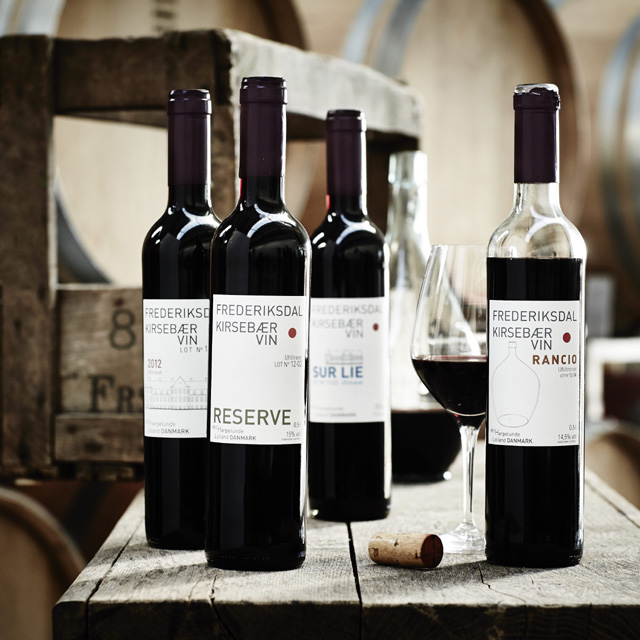
The winery that changed the way people view cherry wine
Generally, wine that is made from fruits other than grapes are less common than conventional grape wines. I had never even heard of cherry wine until I was told about a certain estate in a corner of Denmark that has been quietly building up a “Danish wine revolution”.
Revolutionising the wine world from a small corner of the world
About 2 hours drive south from Copenhagen towards the eastern tip of Lolland, an island in southern Denmark, there is a vineyard estate that has been attracting global attention for their renowned cherry wine for the past decade. This is the home of Frederiksdal wine, purported to be the world’s best cherry wine.
The estate itself has been in existence since 1305, and its main building, seen here, is over 260 years.
Few predicted Frederiksdal Estate would eventually become the largest winery in the country. The estate was originally a cherry orchard which produced and sold Stevnsbær cherries to the juice industry. The sour cherry had always been enjoyed for its characteristic taste, but was not necessarily considered to be fashionable or special.
The business took a dramatic turn when the owner, Harald Krabbe, joined hands with celebrity chef Jan Friis-Mikkelsen and journalist Morten Brink Iwersen, who were keenly aware of the excellent quality of the local cherries, and had even more knowledge of wine production.
After the three men made a decision to refine the excellent cherries at Frederiksdal, Harald travelled throughout Europe to learn from some of the region’s very best winemakers. Together, the three men developed their own unique methods for cherry wine production, which would eventually be hailed as “a breakthrough” for Danish wine production.
What was once a 24 hectare orchard has since expanded to 44 hectares of Stevnsbær cherries – acclaimed “one of the best fruit in the world” on their website.
From bud to bottle
The winery produced 3,000 bottles of cherry wine in its first year of 2006. Today it annually produces around 200,000 bottles of five types of wine and liqueurs. The entire process, from field to bottle, is managed by just 7 employees.
The workers at Frederiksdal still grow their own cherries, and pay the utmost care and attention in every step of the process. The mild climate of the region aids their quality cherry production, with short winters contributing to long growing seasons, resulting in the complex and refined flavour of the cherries.
Although it is possible to make their fields bear more fruit by increasing fertilisers, the producers have always chosen to prioritise quality over quantity.
“Good wine is made in the field and not in the cellar,” speaks Harald over e-mail. “We cannot bring badly grown berries and make wonders of it. We take really good care to make healthy berries in a healthy field, and treat them as gently as possible until they are bottled.”
Attention to gentle care was essential when it came to designing their unique process line and equipment. The workers must ensure the berries are treated gently as possible as they are transported the short distance between orchard and cellar.
“I can’t believe it’s not liqueur!”
Frederiksdal wines broke the longheld notion that cherry wine was a cheap alternative to “real” or quality wine. Although it took some time to convince consumers that what they had was no plonk, one sip was all that was needed to make people sit up and take notice. Although critics and fans today rave about its sensation, Harald feels there is still some way to go before more people come to acknowledge the existence of such a high quality cherry wine.
The cherry wines are claimed to be one-of-a-kind in terms of its mild acidity, tannins and full bodiness. “Everybody who drinks our wine think they’re drinking liqueur at first,” says Harald. “They love the way it tastes but they don’t know what to pair it with.”
That is why co-owner and TV personality chef Friis-Mikkelsen regularly comes up with a suggestion of mouth watering dishes to accompany the wines, as well as recipes for refreshing spritzers and cocktails, to show the wide variety of ways the wine can be enjoyed.
A delightful addition to Christmas tradition
I asked Harald his personal recommendations of delicacies to pair with his wines.
“Blue and salty cheeses, duck, dried meat, cakes with red and dark fruits, dark chocolate cakes, almonds or grilled dishes. A certain rice pudding called risalamande is traditionally enjoyed by Danes at Christmas time, and our fruity young wine is excellent with it.”
A bottle of Frederiksdal cherry wine seems to be fast becoming a Danish staple for Christmas festivities.
The health benefits of cherry wine
Frederiksdal wines aren’t popular just for their quality and taste – they also reward drinkers with health and beauty benefits too.
Stevnsbær cherries are particularly known for their high levels of antioxidants and anthocyanin. Several scientific studies have suggested that tart cherries aide peaceful sleep, reduce oxidative stress, repair damaged muscles and have a positive effect for people with osteoarthritis.
A wine created through trust
Frederiksdal wines can be said to be products of their premium location and climate, and all of natural goodness they bring. They are unfiltered and have very little added sulfur, as the berries themselves already contribute greatly to their own fruitiness through healthy, wild yeast and bacteria.
“What makes our wines very different from others is the materials used for aging. Some of our rare but popular wines are stored in 20 litre glass balloons and left to oxidise for 1 to 1.5 years while being exposed to the natural elements. This wine has notes of dried apricots, figs, chocolate and coffee. It is very different from the wine aged in steel tanks and bottled after just one year old.”
The producers sometimes use a process called carbonic maceration, leaving the berries to naturally ferment for three days inside tanks before they are crushed. All of the wines are spontaneously fermented, leaving space for “small miracles” to happen.
“We trust the yeast in our cellar and field,” says Harald. “We are very aware of the beauty of using spontaneous fermentation as it gives a much more interesting taste.”
Reading his reply, I instinctively felt drawn to his choice of the word “trust”. Spontaneous fermentation is not an easy or risk-free operation. It relies on wild, indigenous yeast present in the atmosphere and on the fruits. That is why parts of Frederiksdal plantation are designed to create ever better conditions for healthy, wild yeast to grow on the fruits.
Fermentation essentially is about this trust we have for bacteria and microorganisms.
It is not blind faith in the unknown, but a trust built on years of attentive care and dedication.
In other words, to trust fermentation is to trust yourself.
One imagines that this trust must come from their strong belief that what they have chosen for their wines were to be rewarded.
What the future holds
New innovations are in the horizon for Frederiksdal. There is talks of a collaboration with a chocolate company that also uses Stevnsbær cherries, as well as new productions of other kinds of fruits and cereals.
Frederiksdal wines are currently distributed in the United States, Scandinavia, China, Germany, Thailand, and further developments are eagerly awaited.
The Haccola writers are definitely keeping our eyes and ears open for any future signs of Frederiksdal cherry wine coming back to Japan!
For those interested, you can catch glimpses from life on the beautiful estate on Frederiksdal’s Instagram and Facebook accounts.
(All photos courtesy of Frederiksdal Kirsebærvin)

